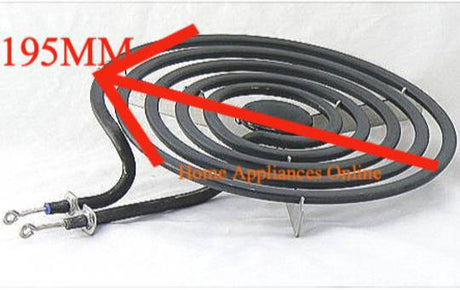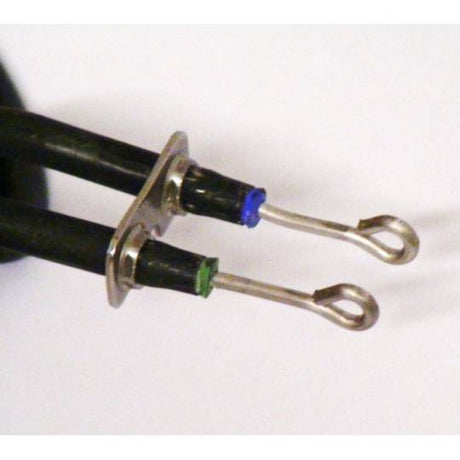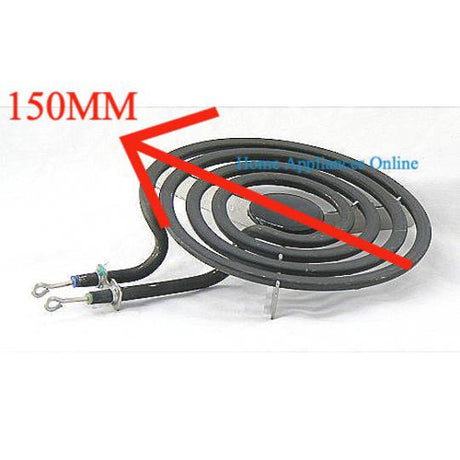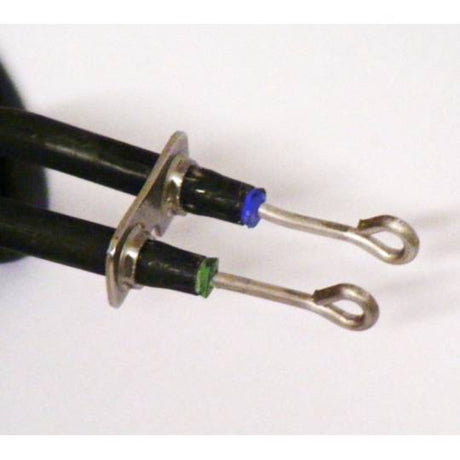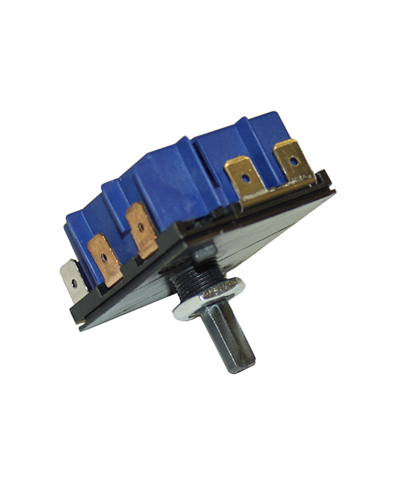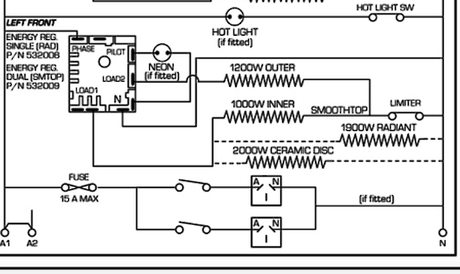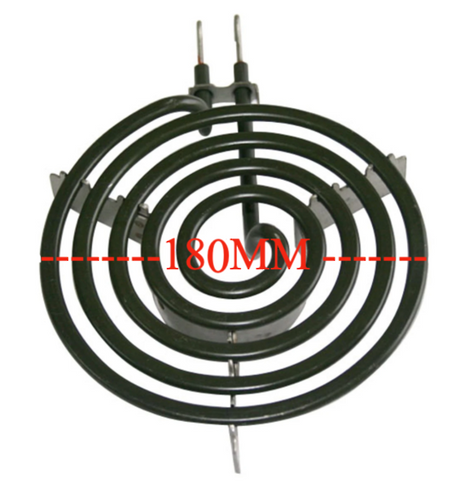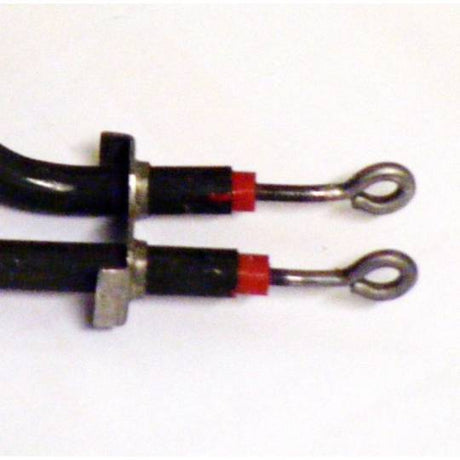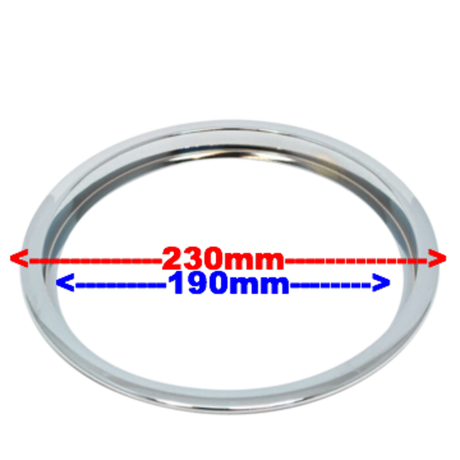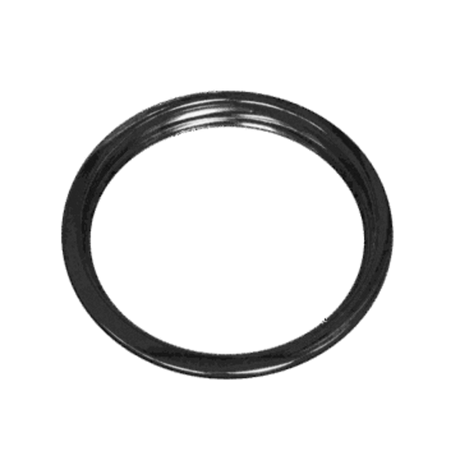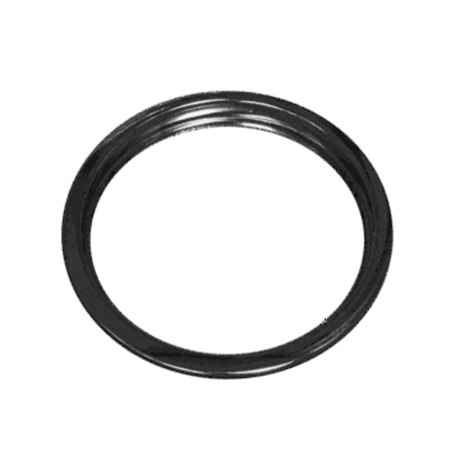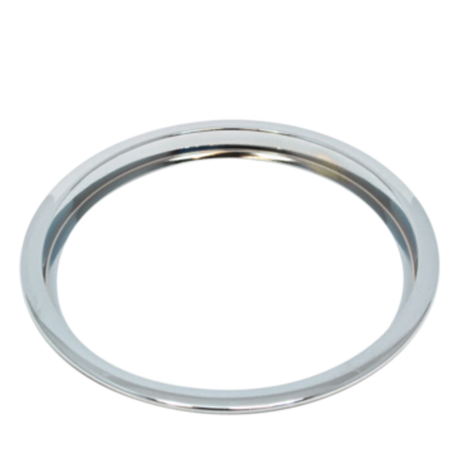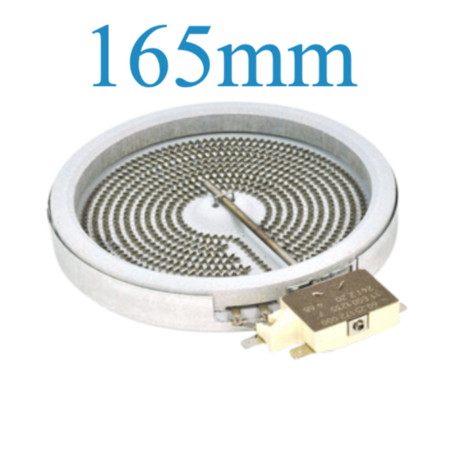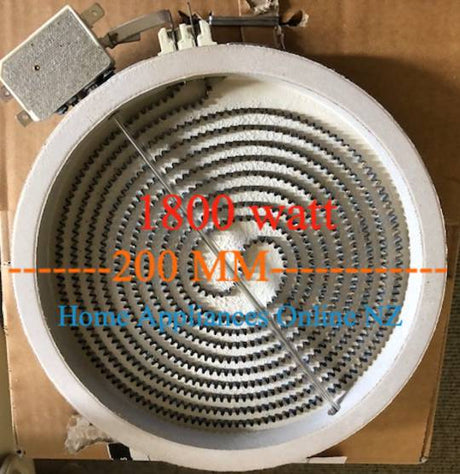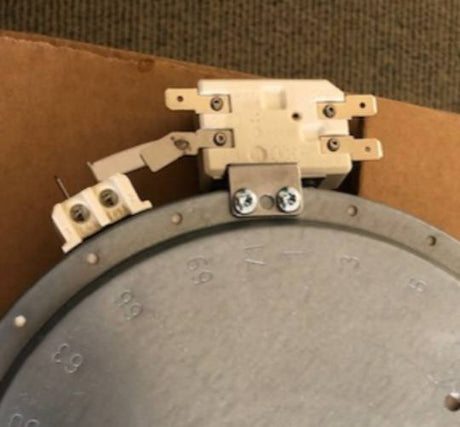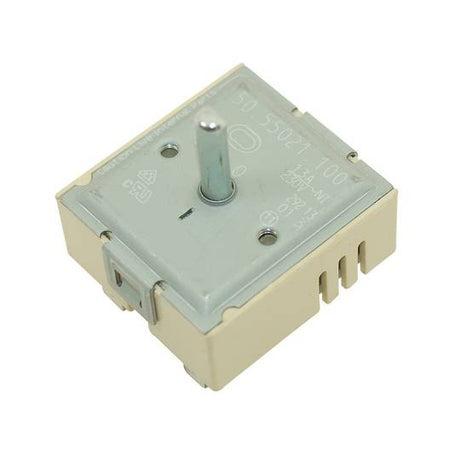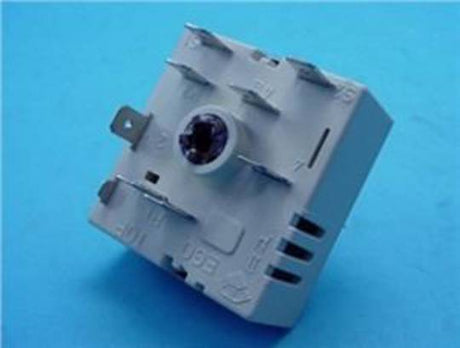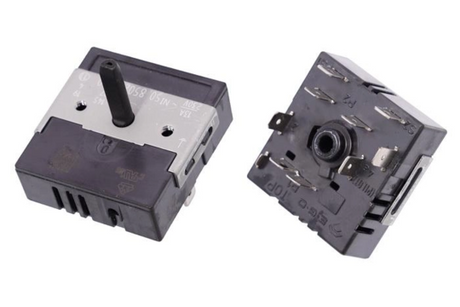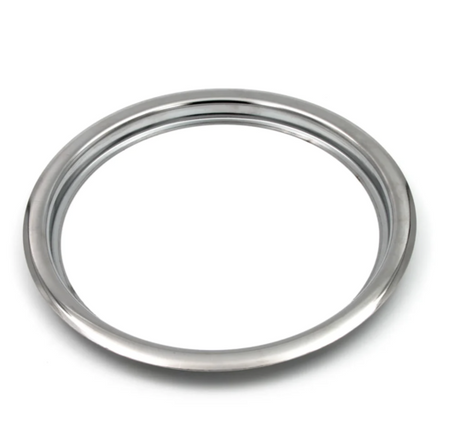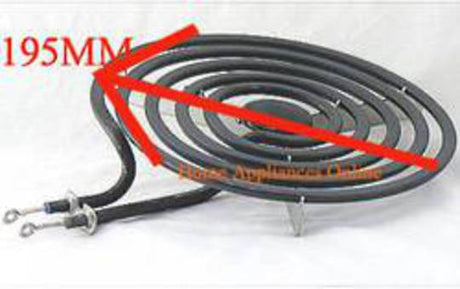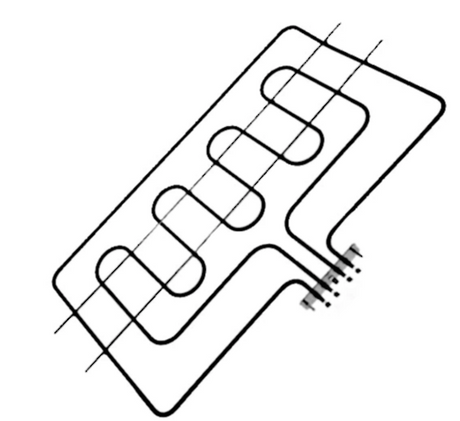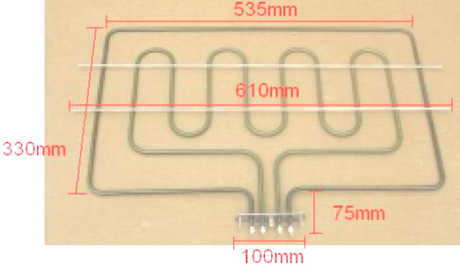- $3.25 off
02383
$26.75 NZD$30.00Unit price /UnavailableIn stock (14 units) - $6.04 off
Westinghouse Simpson Parmco Oven Cooktop Top Coil Element Small 3U 4U 150mm
02382
$18.95 NZD$24.99Unit price /UnavailableIn stock (20 units) 01536
$39.85 NZDUnit price /UnavailableIn stock (3 units)02385
$54.90 NZDUnit price /UnavailableWestinghouse Simpson Coil Element Large Metal Ring Surround Trim
06779
$36.95 NZDUnit price /UnavailableIn stock (8 units)Fisher & Paykel Oven Ceramic Cooktop Element 1200W Small 532700P 145mm Inner 165mm Outer
06373
$84.95 NZDUnit price /UnavailableIn stock (3 units)Westinghouse Simpson Coil Element Small Stainless Steel Ring
06778
$29.85 NZDUnit price /UnavailableIn stock (3 units)02384
$54.00 NZDUnit price /UnavailableIn stock (3 units)Fisher & Paykel PARMCO Bellini Classique Ceramic Cooktop ELEMENT 1800W 200mm
12555
$94.00 NZDUnit price /UnavailableVery low stock (1 unit)Bosch Smeg Siemens Regulator Switch for Cooktop Or Oven Dual Element and Grill Dual Simmerstat
01550
$39.00 NZDUnit price /UnavailableIn stock (4 units)Fisher & Paykel Shaclock Champion Coil Element Large Stainless Steel Ring 8 Inch
07288SL
$33.00 NZDUnit price /Unavailable02383PA
$33.00 NZDUnit price /UnavailableIn stock (7 units)Shaclock Champion Coil Element Small Stainless Steel Ring 6 Inch
07288SH
$33.00 NZDUnit price /UnavailableVery low stock (1 unit)Parmco Cooktop Coil Element Large S60R-4W FS60R-8W
HA59950
$86.00 NZDUnit price /UnavailableVery low stock (1 unit)Smeg Oven Top Grill Dual Element 1050W + 2800W 806890438
08726
$69.50 NZDUnit price /UnavailableIn stock (3 units)Parmco Oven Coil Element OV16B10 OV16B5 OV16S5 OV16S10 OV36B12 OV36B14 OV66B11 OV66B14P
HA00019
$99.00 NZDUnit price /UnavailableParmco Oven Small Coil Element FS54R, 150MM, ****303057
11328
$110.00 NZDUnit price /UnavailableVery low stock (1 unit)Westinghouse Simpson Atlas Coil Element SMALL Stainless Steel Ring Outer 190MM / Inner 145MM
07288
$27.60 NZDUnit price /UnavailableIn stock (3 units)Westinghouse Simpson Coil Element Large 190mm 8" Fixed Connection
06236
$39.00 NZDUnit price /UnavailableVery low stock (1 unit)Westinghouse Simpson Coil Element Small 150mm 6" 1250W Fixed Connection 04509
06235
$29.65 NZDUnit price /UnavailableJenn Air Cooktop Element Large , 8 Inch MADE IN USA Y base under element
HA74006
$69.00 NZDUnit price /UnavailableVery low stock (1 unit)



